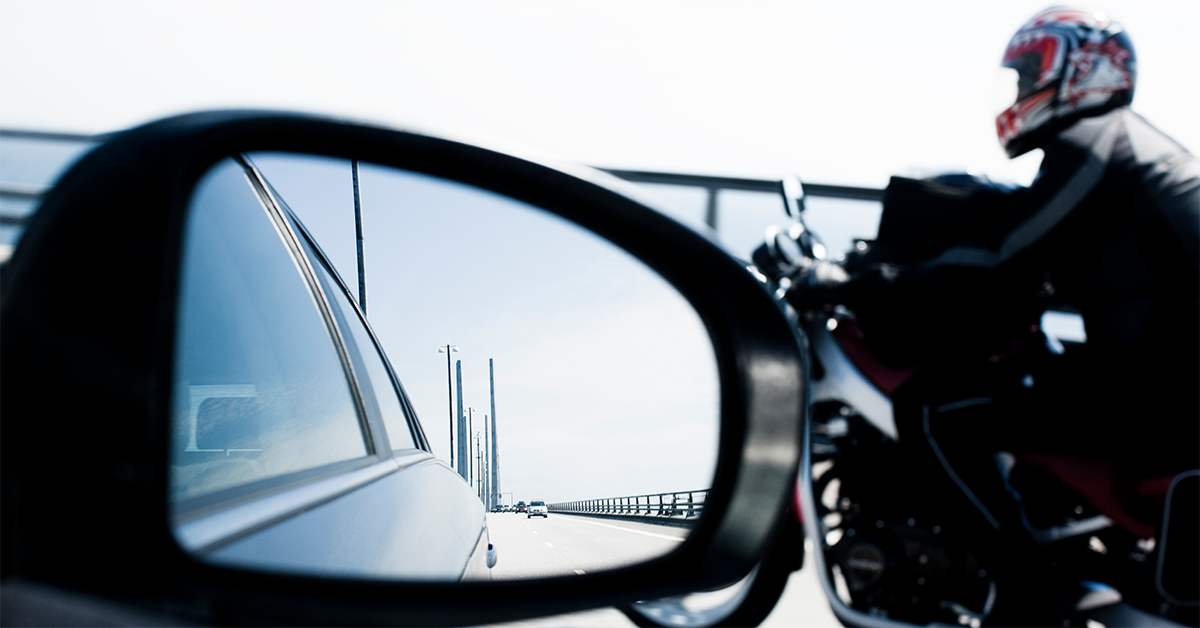Tips for Car Drivers Sharing the Road with Motorcyclists
Tips for Car Drivers Sharing the Road with Motorcyclists

It's the dilemma all motorcyclists face: The exchange between the freedom of the open road and the specific safety precautions necessary to operate a motorcycle safely. Simply put, motorcycles don't offer the structural protection of cars and trucks, and motorcyclists require specific attention to matters like balance and road debris that traditional motorists can take for granted.
According to data from the National Highway Traffic Safety Administration (NHTSA) motorcycle accidents result in over 5,000 deaths annually. Road conditions, weather and other motorists can all factor into a dangerous or deadly accident involving motorcycles.
With this in mind, here are some suggestions from AAA for car drivers who share the road with motorcyclists:
- Be extra cautious on weekends, when more motorcyclists take to the road.
- Provide motorcyclists adequate room to maneuver. Follow at least three to four seconds behind them.
- Allow extra maneuvering room in areas with potholes, pavement transitions and railroad crossings. Motorcyclists may need to slow down, stop or adjust their lane position.
- Never try to share a lane with a motorcycle. Motorcycles have the same right to lanes as any other vehicle.
- If a motorcycle is nearby, check your mirrors carefully before changing lanes. Motorcycles may be in your blind spots or difficult to see because of their smaller size.
But other motorists are just one factor that motorcyclists face on the road. According to the National Highway Traffic Safety Administration, motorcycles in fatal crashes in 2017 had the highest proportion of collisions with fixed objects at 23.5 percent. AAA recommends the following for motorcyclists:
- Keeping headlights and marker and taillights on at dusk and in dark or rainy weather.
- Staying three to four seconds behind a vehicle they intend to pass, checking oncoming traffic from the left side of the lane, signaling the intention to turn, and then checking for oncoming traffic before passing.
- Checking their rearview mirror and quickly turn their head to ensure the vehicle is a safe distance behind them when completing a pass.
- Wearing helmets that meet a high protection standard.
- Wearing proper clothing, eyewear and sturdy, closed-toe footwear.
For many riders, motorcycling is more than a hobby—it's a lifestyle. That's why insuring your motorcycle with the insurance experts at AAA is a smart move. Whether insuring a motorcycle or car, request a quote online today.